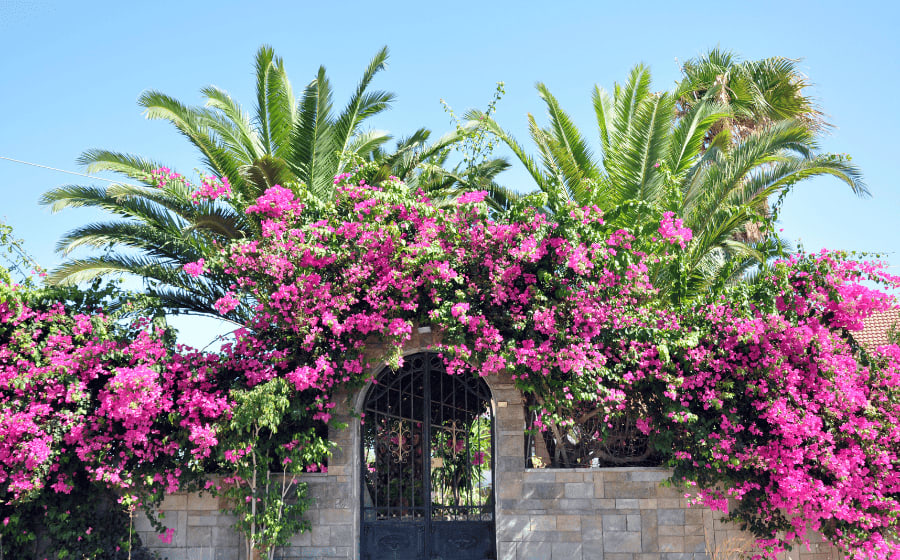9 Plants You Can't Miss For an Authentic Spanish Garden
November 16, 2022
Win a FREE Trip to Spain!
Exciting Announcement! For the first time, we're thrilled to offer exclusive trips to the heart of Spain - an experience like no other. This isn't your typical tourist journey; it's a unique opportunity to immerse yourself in authentic Spanish culture, alongside real locals and our passionate team.
But there's more! Simply by requesting information about this amazing trip, you'll be entered into a special draw to win a Fully Paid Trip to Spain for Two. And that's not all - everyone who inquires will receive an exclusive bonus gift, valued at $500, available only now.
Ready to Discover the Real Spain?Click Here ↑ to Request Information & Enter the Draw!
During the pandemic, we have learned to create new habitats at home, depending on the circumstances.
The same happens to the plants we grow in our gardens. They must have adequate light, wind, and temperature in each geographical area to grow and develop for us to enjoy all their benefits.
For these reasons of circumstance, in Spain, we believe that some plants make our garden genuinely authentic and that if you come here, you will see them a lot in the streets, the countryside, or the Mediterranean coast. Today I’ll explain in this article the ones you cannot miss in your garden for it to have that essential touch.
One of these plants got its name because it symbolizes passion! -But not the type of passion you imagine… So please pay attention to find it!
Table of Contents ▼ ▶
1. Succulents and Cacti
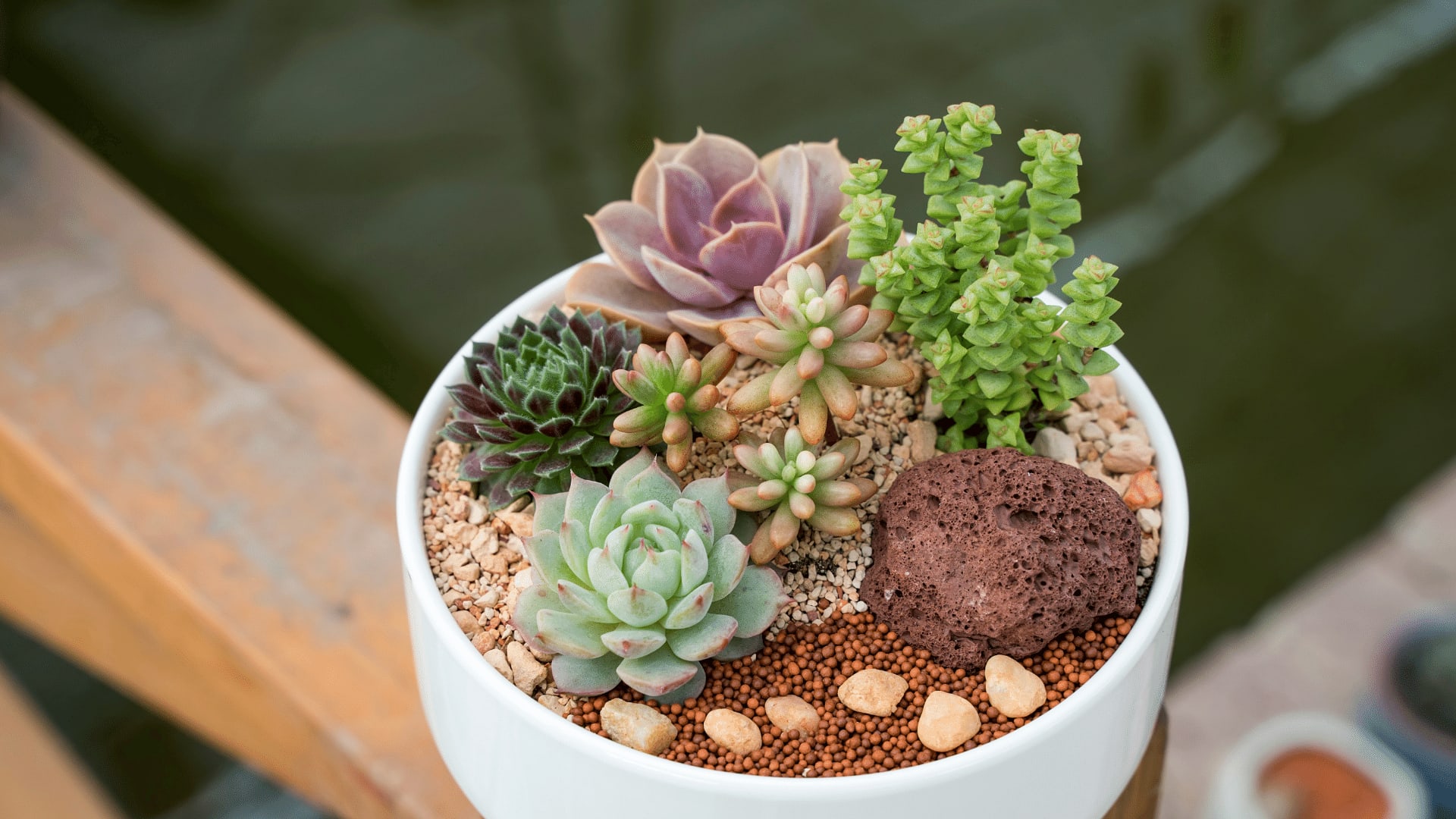
Let’s begin with succulents, one of the most common plants in all Spanish gardens!
They are also known as succulent plants, fleshy plants, or plants with fleshy leaves. It should be noted that they are not a family of plants since they can be found in different families. Cacti, agaves, or the great Aloe are some examples of succulents. They have a peculiar and impressive appearance, with surprising and almost impossible shapes that will give our garden or house a different touch. This is thanks to their thicker leaves, stems, or roots to store water and survive in times of drought.
One of the reasons why this plant is so famous and adopted in many homes may be because Succulents are hardy and easy to care for. The most important thing is light since they must receive it in abundance for quite a long time (unless they are a variant that only tolerates a few hours of direct sunlight), and also watering should not be excessive.
Maintaining a plant in a Spanish garden depends significantly on where you live and weather conditions. Spain has one of the best climates in Europe, which varies considerably from region to region. I have other articles explaining our country’s climate with interesting info that can be very useful to help you choose the right plants for your Spanish garden.
What is the climate in Spain? Our Real Weather and Temperature
In winter, it may be enough to water succulents once a month, while in summer, once a week, so you make yourself an idea.
Moving on, Succulents are plants of dry climates. If you live in a humid place, such as Asturias, Cantabria, Galicia, or Basque Country, you will have to choose those that do not suffer from rain and ensure that the soil drainage removes any excess water. The provinces I mentioned before were regions in the North of Spain. Anyways, I leave you the following post so you can learn where to locate them, in case you want to take a look.
Cities in Northern Spain: 12 locations and best spots to visit
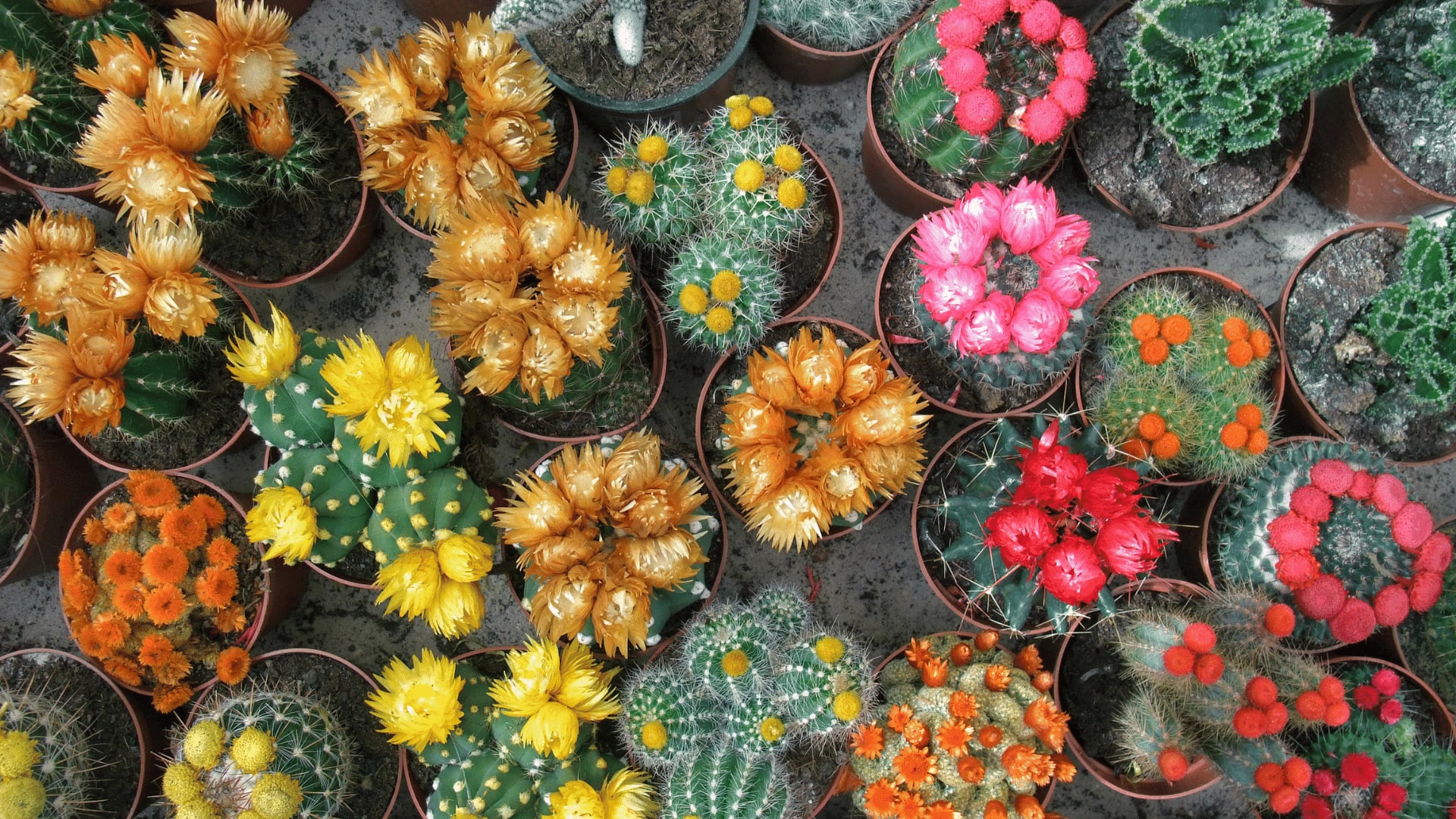
Then we have Cacti! They are trendy, easy to cultivate, low maintenance, and have wide varieties and types. Cacti make up the family of succulent plants called Cactaceae. These species accumulate water and nutrients in their tissues so they can adapt without any problem to the habitat in which they are.
Did you know that the term cactus means “guardian of the home”? Yes, that’s right! According to a Chinesse Philosophy, Feng Chui, the cacti symbolizes balance and are a protective talisman for those who live under its roof. Its thorns represent security, protection, and persistence.
Not only that, but they also purify the environment and act as a barrier against electromagnetic radiation from electronic devices. That seems like a good reason to have them in our gardens!
2. Fruits and Vegetables
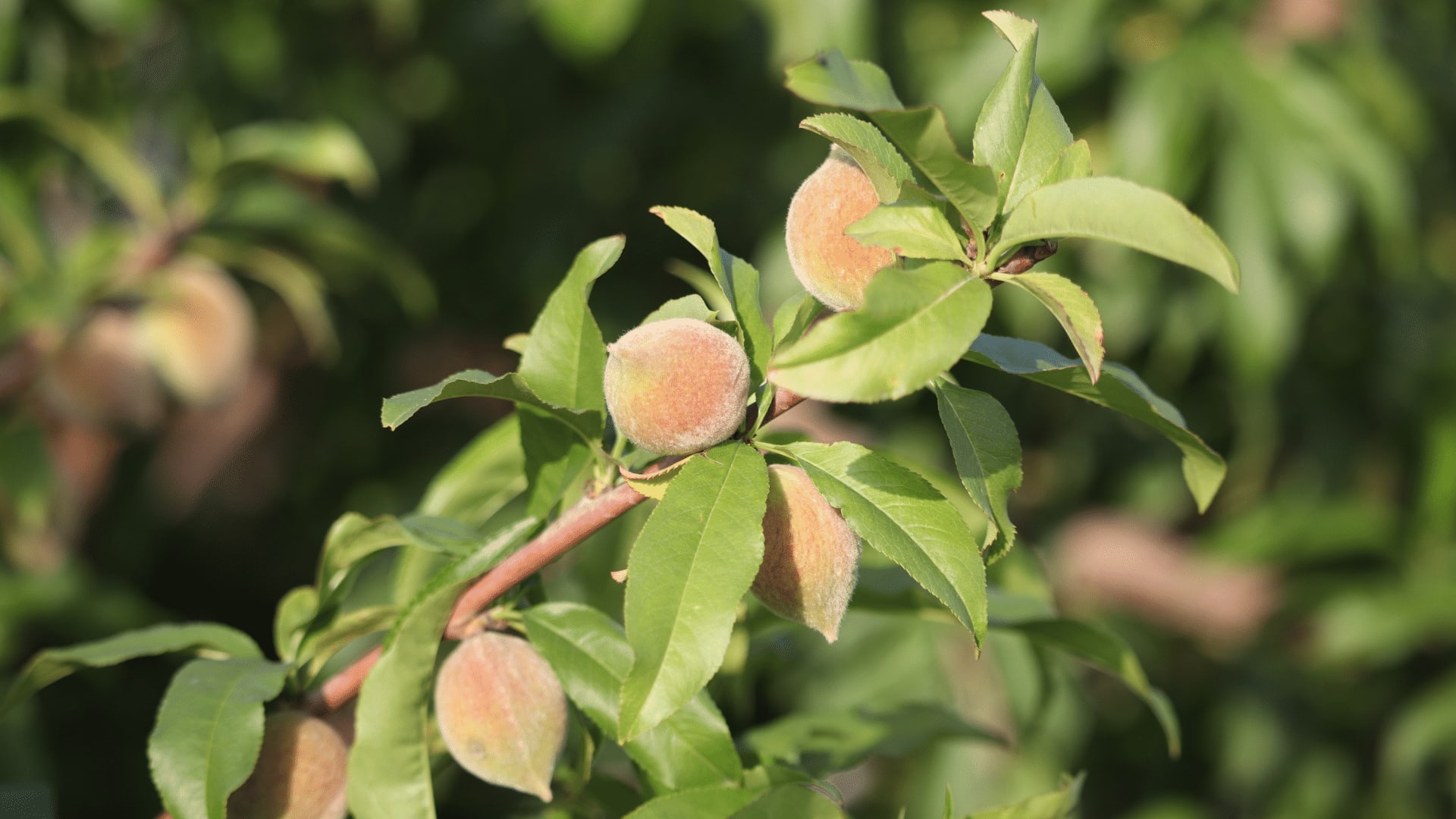
The truth is that growing fruits and vegetables in gardens is a custom and tradition in Spanish homes. Most food and many fruit trees can flourish in pots, transforming smaller spaces into productive places for gardening. But designing and maintaining an edible garden is easier said than done. The challenging part is knowing which plants to choose, the type of soil needed, the amount of water, and, most importantly, keeping your pets away from your beautiful plantation is sometimes tricky.
However, I’m here to tell you that Spaniards are masters at growing fruit and veggie gardens. Fruits that grow well in a garden in Spain are as follows:
- Apples: Northern, Central, and Southeastern Spain have cold and short growing seasons.
- Apricots: grow in cold areas but have their ideal cultivation area in southwestern Spain to avoid frost injury.
- Cherries: Both sweet and sour cherries are suitable for Spain. Sweet cherries should not reach -20° F, and sour cherries are resistant to -40°F.
- Peaches and nectarines: grow well in the southwest of Spain.
- Pears: pears are less resistant to freezing temperatures than apples
- Plums and plums: their area cant reach -15 to -20 °.
Each fruit may thrive best in a specific area of Spain, meaning that using the right fruit variety for the Spanish climate will help you achieve a bountiful harvest.
Cool season vegetables for Spain are cruciferous broccoli, cauliflower, onions, peas, potatoes, radishes, and greens such as cabbage, kale, lettuce, and spinach. They will thrive and produce well even if the temperature is cold. And it’s perfect since these veggies are ideal for fall since they’ll be frost resistant.
After spring, summer in Spain can still be suitable for warm-season planting. As the temperature becomes warmer, your cool-season crops, such as lettuce and spinach, may bolt. In contrast, basil, beans, cucumber, corn, corn, eggplant, okra, peppers, and tomatoes are suitable for this climate.
3. Hibiscus

If you want to give a Mediterranean touch to your garden, the floral burst of hibiscus is among the best choices. Its flowers are spectacularly beautiful, and its medicinal benefits are multiple. It stands out for its digestive, antioxidant, liver, and kidney stimulant function.
The hibiscus is an evergreen shrub that can reach five meters in height if planted in the garden and two meters in pots. Its leaves are shiny and oval with slightly serrated edges and dark green. This plant requires warm climates maintained between 14 and 18 degrees in winter.
It should be safe from cold and frost and be in a well-lit place. It can be given direct sunlight, but always avoid the central hours in summer. As for temperature, the ideal temperature for the hibiscus is between 13ºC and 21ºC. It does not tolerate the cold and does not survive frost.
4. Mediterranean Herbs
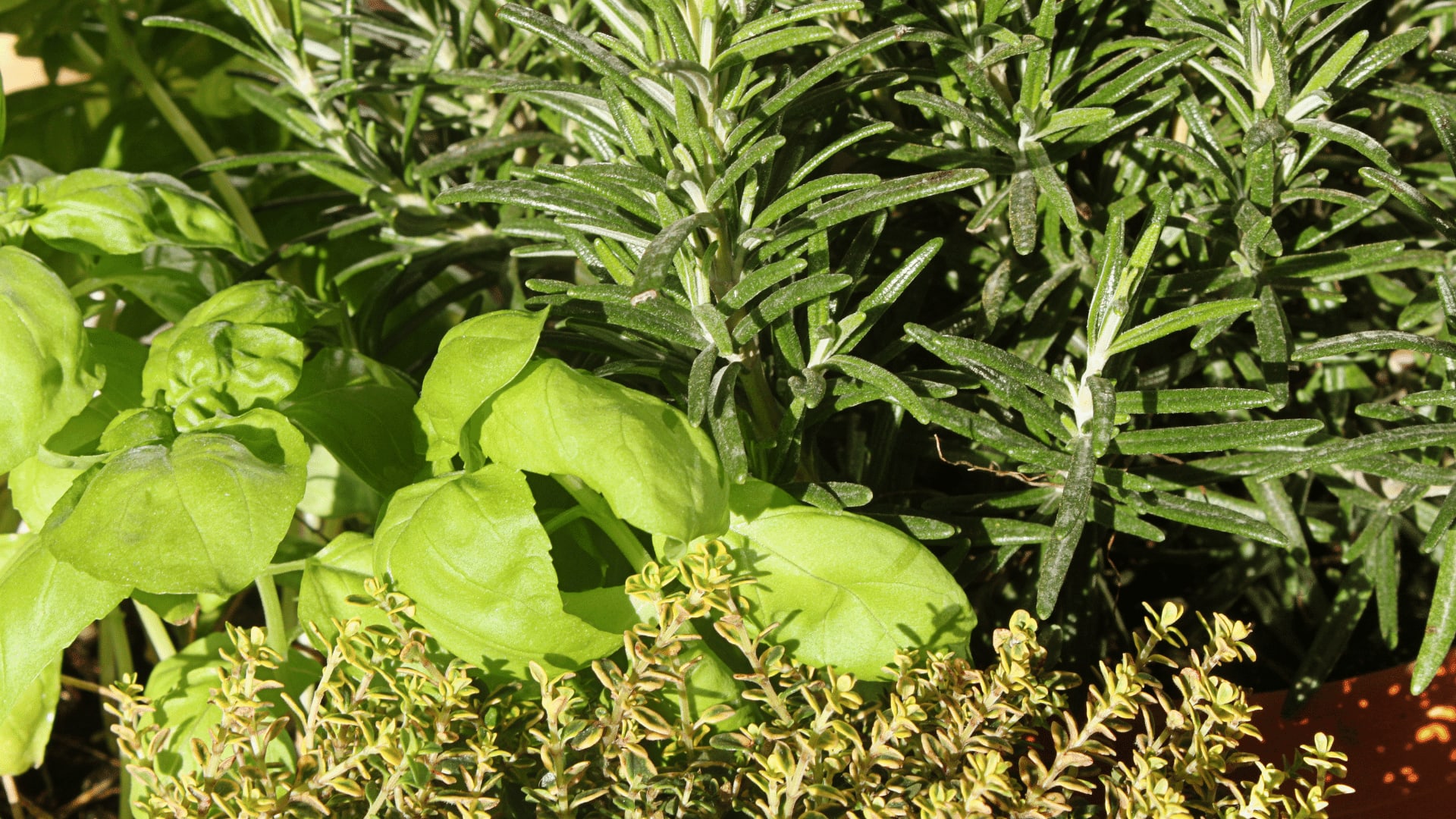
The true essence of Mediterranean cuisine is in the herbs that spice it up and give it life. The prominence of each type of herb varies greatly depending on the cuisine. Still, they are essential in many symbolic dishes and recipes, providing endless valuable therapeutic properties.
I’m sure you might have seen some of these names before:
- Basil
- Chives
- Cilantro
- Dill
- Tarragon
- Laurel
- Marjoram
- Mint
- Oregano
- Oregano
- Rosemary
- Sage
- Thyme
These plants thrive in the warm temperatures and dry soil of the region. Mediterranean herbs can take a lot of water, but they don’t like to get their feet wet, so well-drained soil is crucial. As you might see, they are not desert plants and need more during prolonged periods of drought.
An authentic Mediterranean garden must have some of the herbs mentioned before to be used for cooking the delicious dishes of Mediterranean cuisine. Herbs must be placed in a very sunny and fertilized area along with warm temperatures to stimulate the essential oils that impart their incredible flavors and fragrances.
5. Bougainvillea
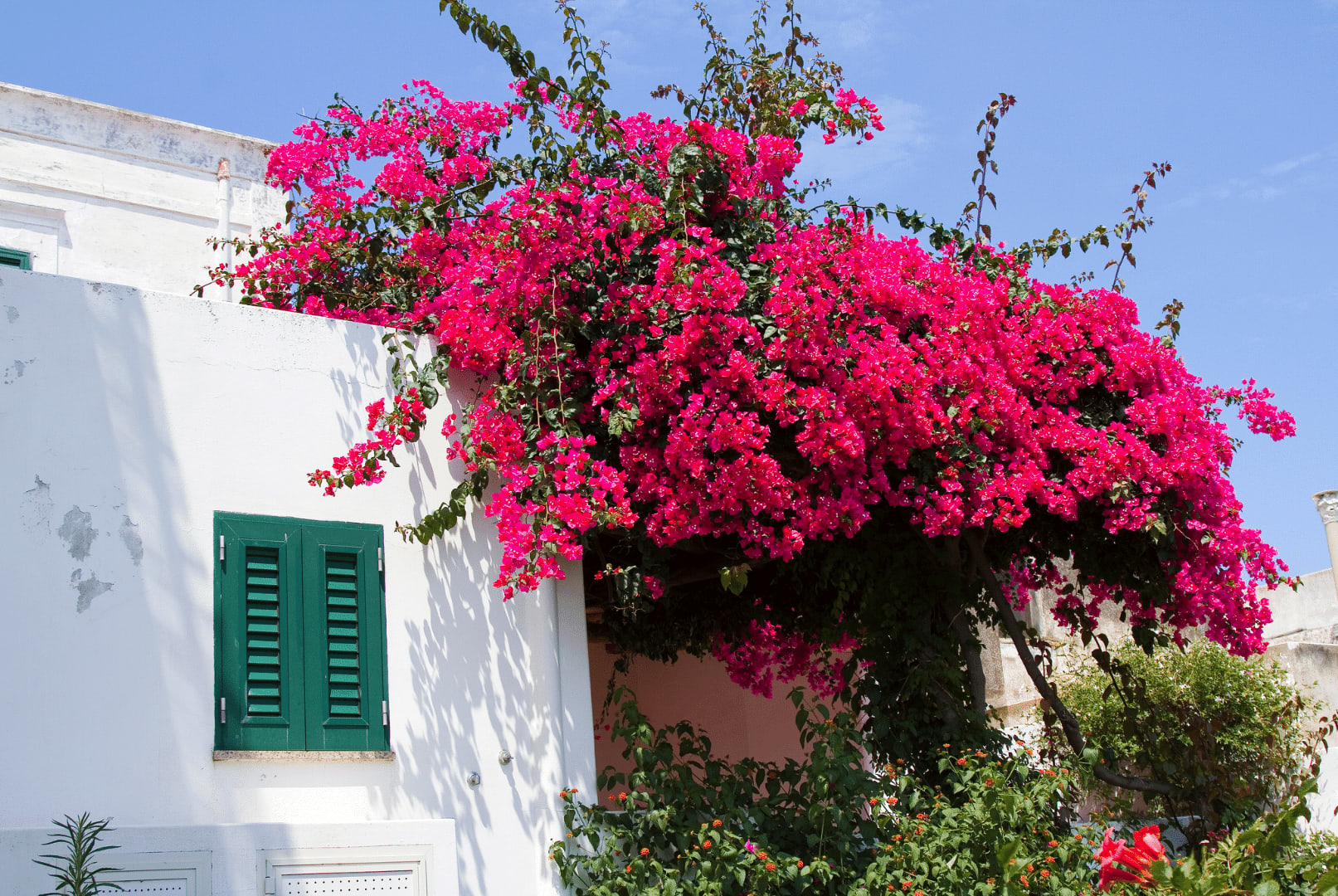
We can only continue the section on garden plants if we talk about the bougainvillea, the climber plant that reigns in more than half of the gardens and houses throughout the Spanish Mediterranean. This is one of the most spectacular plants, famous for providing beautiful colors!
Bougainvillea is actually a native flower of Spain. But there are also many other plants, trees, and flowers that we preserve and embrace, find info about them in the following post:
Flowers in Spain: My top 9, Flowering Season and City Festivals
The species grow between 1 and 12 m high, climbing other plants with their pointed thorns. They are evergreen, alternate leaves, simple ovate-acuminate, 4 to 13 cm long and 2 to 6 cm wide. The plant’s flower is small and usually white, but it is surrounded by many bracts of bright colors, including pink, magenta, purple, red, orange, white, or yellow.
It needs a lot of light, if they don’t, premature leaves will fall, and some will not even bloom if the deficiency is very high. However, if summer is too severe, the bracts will dry out because the plant prefers humid areas rather than heat and dry areas. But in short, yes. It grows best in summer because it needs warm or temperate climates, with mild winters without severe and continuous frosts. Depending on the type of climate, bougainvillea can bloom for more or less time.
Climbing plants are very common in Spain. We are known for having one of the most beautiful and greenest European gardens!! Visit this post that tells you all about it:
11 Breathtaking Gardens in the Heart of Spain and its Cities
6. Lavender
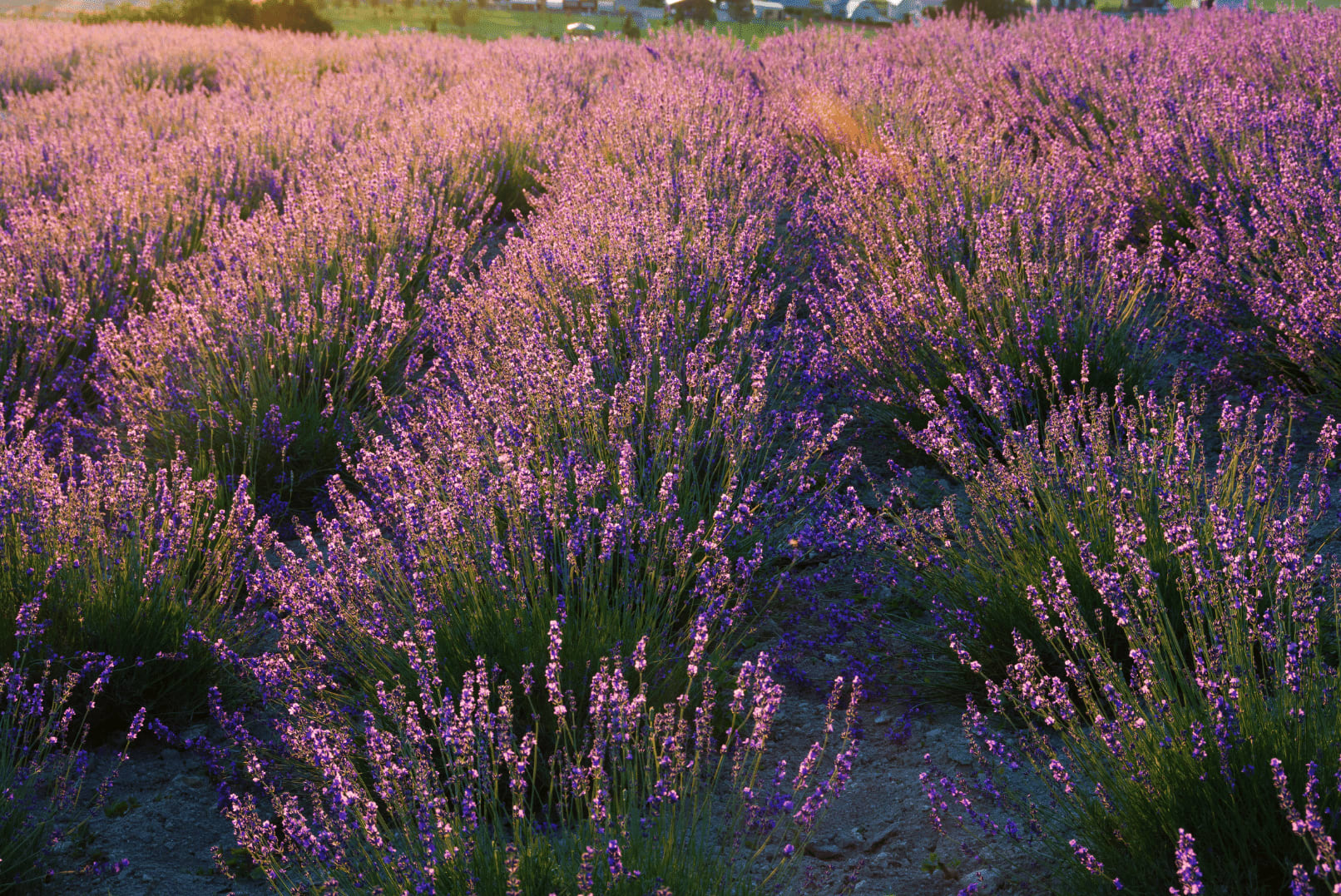
Lavender is an aromatic plant of the Lamiaceae family widely used in perfumery and cosmetics and is also used for pharmaceutical purposes. Its crops are mainly used to obtain essential oil through a distillation process, and there is a lot of potential for lavender cultivation in Spain due to the excellent climatic conditions.
Lavender is an endemic plant to the Mediterranean.
Most of us associate lavender with laundry products and fabric softeners. (which are amazing too) But in reality, the plant has many other properties, such as disinfectant, soothing, antiseptic, and digestive properties. In addition, it brings an aroma to your garden that you can’t miss. The best-known lavender fields in Spain are undoubtedly located in Guadalajara. Known as “The Garden of the Alcarria,” these fields are a wonder of nature. If you are interested in knowing more about Spain nature and its flora and I suggest you take a look at these articles:
The Beauty of Spain Flora: 5 Iconic Trees, Flowers and 12 Protected Species
Nature in Spain: 21 Spectacular Wonders + Its Native Fauna and Flora
The ideal climate for any aromatic plant of the Lavandula genus is Mediterranean, with mild winters and hot, dry summers. Under these conditions, it can be grown in direct soil or pots. As for the temperature, the plant tolerates warm temperatures during most of the year, although it tolerates cold conditions and even light frosts in winter. Still, it can grow under humid conditions, although it prefers dry environments.
7. Passiflora
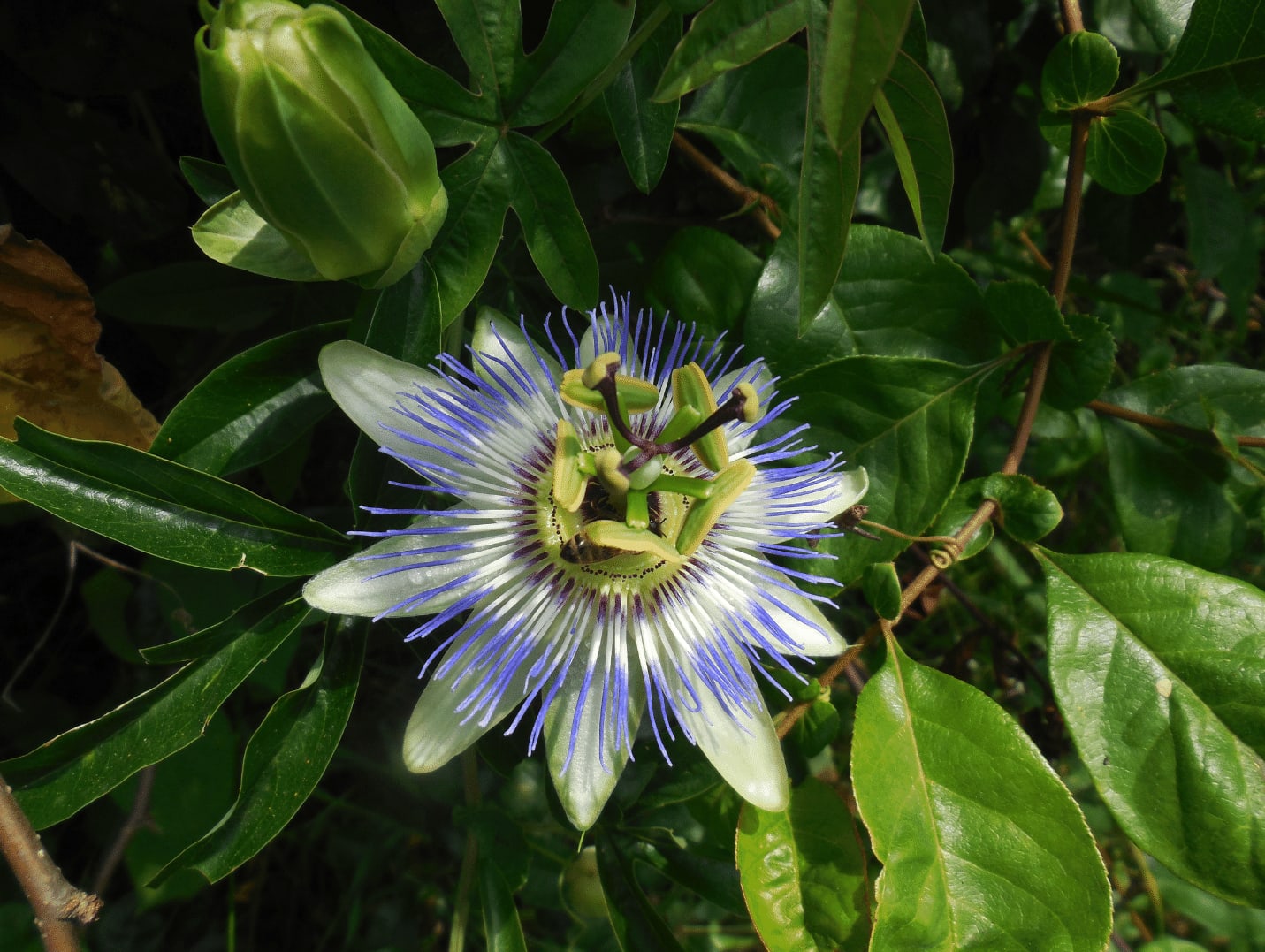
The genus passiflora is so diverse that we can find species that can be grown in the garden and others that can also be grown in pots. They are not complex plants to cultivate if we consider that they are of tropical origin, so they cannot be produced under certain minimum temperatures.
Passiflora species adapted to Mediterranean climates live well at temperatures between 18 and 27 degrees Celsius in summer and 10 degrees Celsius in winter. It should be watered abundantly from spring and during the whole summer, while in the winter, it should be watered with more moderation. Also, they have to be located at a point where they receive a lot of sun and preferably oriented to the south, all this looking for the light to be abundant and optimal.
Its flowering time is variable depending on the species. It can bloom all year round if grown in temperate climate zones. In summary, this is a hardy, undemanding, bug-free, and very beautiful plant. It is the ideal plant if you want to cover the front of a balcony, a trellis, or a lattice.
It is called passiflora from “flos passionis”, which means “passion flower,” but not the passion you are imagining, but the passion of Jesus Christ.
When Jesuit missionaries came to America and saw the flower for the first time in the early 17th century, they found similarities between the parts of the plant and the Christian passion. They saw the whip used to scourge Jesus in the styles of the three nails of the cross and in the radial corolla, the crown of thorns.
In Spain, we adore putting this flower in our gardens. Talking about the topic, I can’t believe I haven’t mentioned the national flower of Spain yet! Here is the article explaining everything about it; you’ll love it:
8. Aloe Vera

You’ve probably heard about aloe vera before. This medicinal plant is a succulent, perennial plant with elongated and fleshy green leaves called pencas. Its interior is gelatinous and viscous and is the part of the plant used as a medicine for many different conditions. This gelatinous, transparent part is enveloped by a thin layer of a yellowish liquid called acíbar.
The Aloe Vera Plant can be distinguished mainly by its appearance. Its leaves grow upwards and are thicker near the root. These leaves on the outside have thorns located along the edges. They are rough to the touch and have rigid filaments on the edges that can easily be mistaken for cactus barbs.
Aloe vera does not tolerate cold, although it is a very resistant plant. It has very watery leaves, which can make the plant freeze and die if exposed to extreme temperatures. The ideal soil for planting is sandy, clayey, dry, and calcareous since the plant comes from hot and desertic areas. It is native to Arabia. However, it is now easily found in subtropical regions and temperate zones. Find out about our hottest sites in Spain in the following post:
Is Spain Warm? How to Survive the Spanish Heat Like a Pro
Is Spain a Desert? Get to Know Our Stunning Filmset Landscapes
Some of the things aloe vera is used for are treating various skin problems, whitening teeth or stains, and relieving pain. Therefore, it is used in treatments for skin problems and in ointments to relieve burns or insect bites.
Drinking aloe vera juice every morning can help relieve problems such as gastritis and ulcers.
9. Plumbago
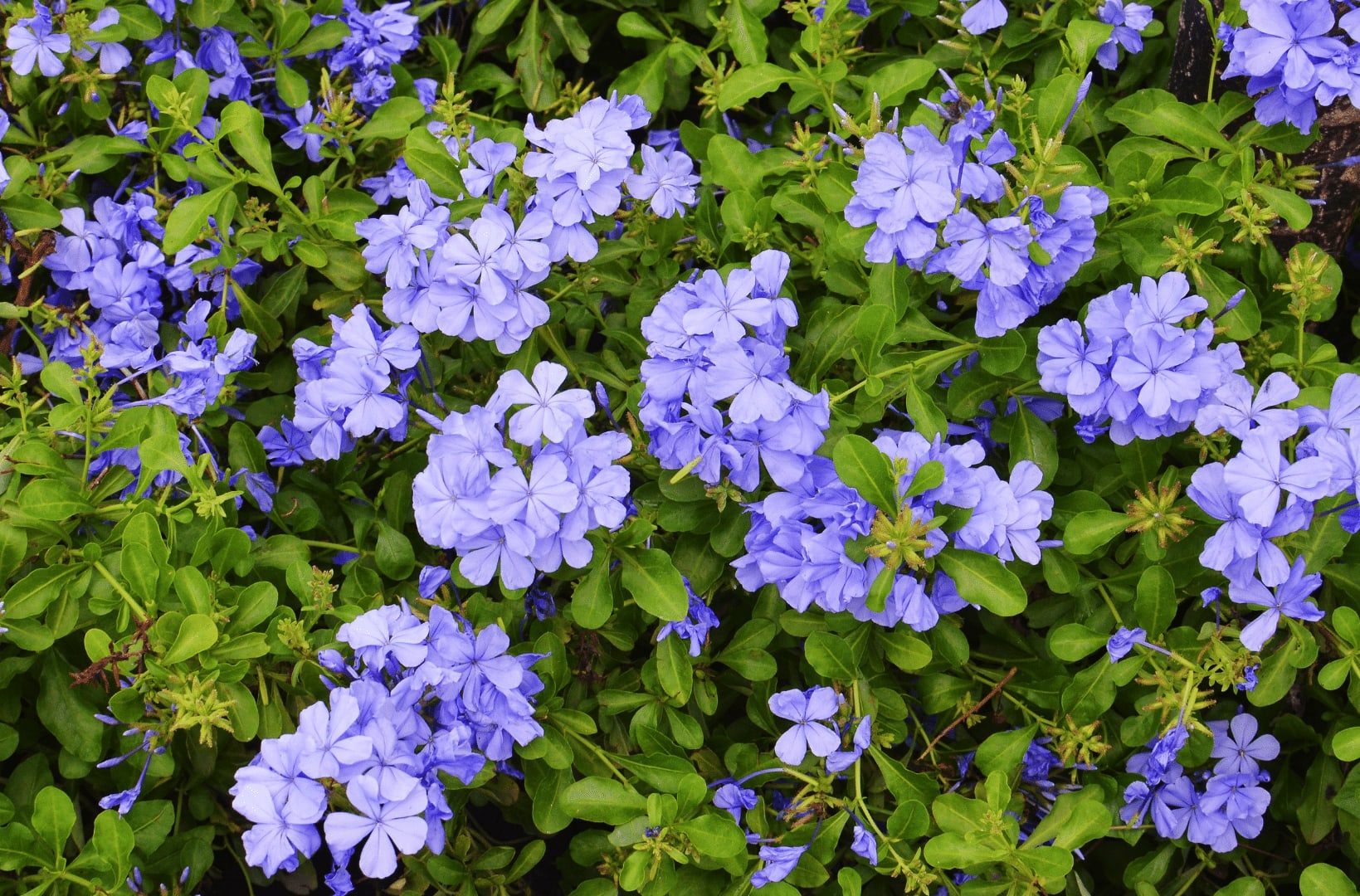
And finally, we have the Plumbago. An herbaceous, perennial, climbing shrub belonging to the Plumbaginaceae family. It is one of the many species native to the Cape region of South Africa that live well in the Mediterranean and withstand drought and even sea breezes, and the plant is low maintenance and fast growing.
It is a popular climbing shrub, blue flowering widely used in gardening. It can be kept as a shrub if it is not allowed to grow too much, as a pendant, or as a climber (attaching it to something), as it can reach lengths of more than three meters. Its root system makes it a very practical plant for fixing slopes. It can live in containers in outdoor patios, terraces, greenhouses, and winter gardens. Its leaves are spiral-shaped, simple, and entire and have a maximum length of 12 cm. They also have a kind of “powder” that makes the underside a little sticky (called glandular hairs); they secrete a viscous substance capable of trapping and killing insects.
It is also called the sky jasmine or celestine and can bloom all year round, except in winter since the Plumbago can be affected if temperatures drop below 10ºC. The best exposure is in full sun, while at semi-shade it flowers in less quantity. Plumbago requires abundant watering in the months of flowering, trying to avoid puddles that would rot its roots, although it is resistant to occasional droughts. This beautiful plant also requires humid environments, so it should be sprayed regularly until the first flowers appear (and never when the sun gives direct light).
As you might have seen, Spain’s plants, flowers, and vegetation are very varied! We are blessed to have all of this in the same Peninsula. Hope you liked this post, and don’t forget to mention which plant stole your attention for you to create your own Spanish Garden!





